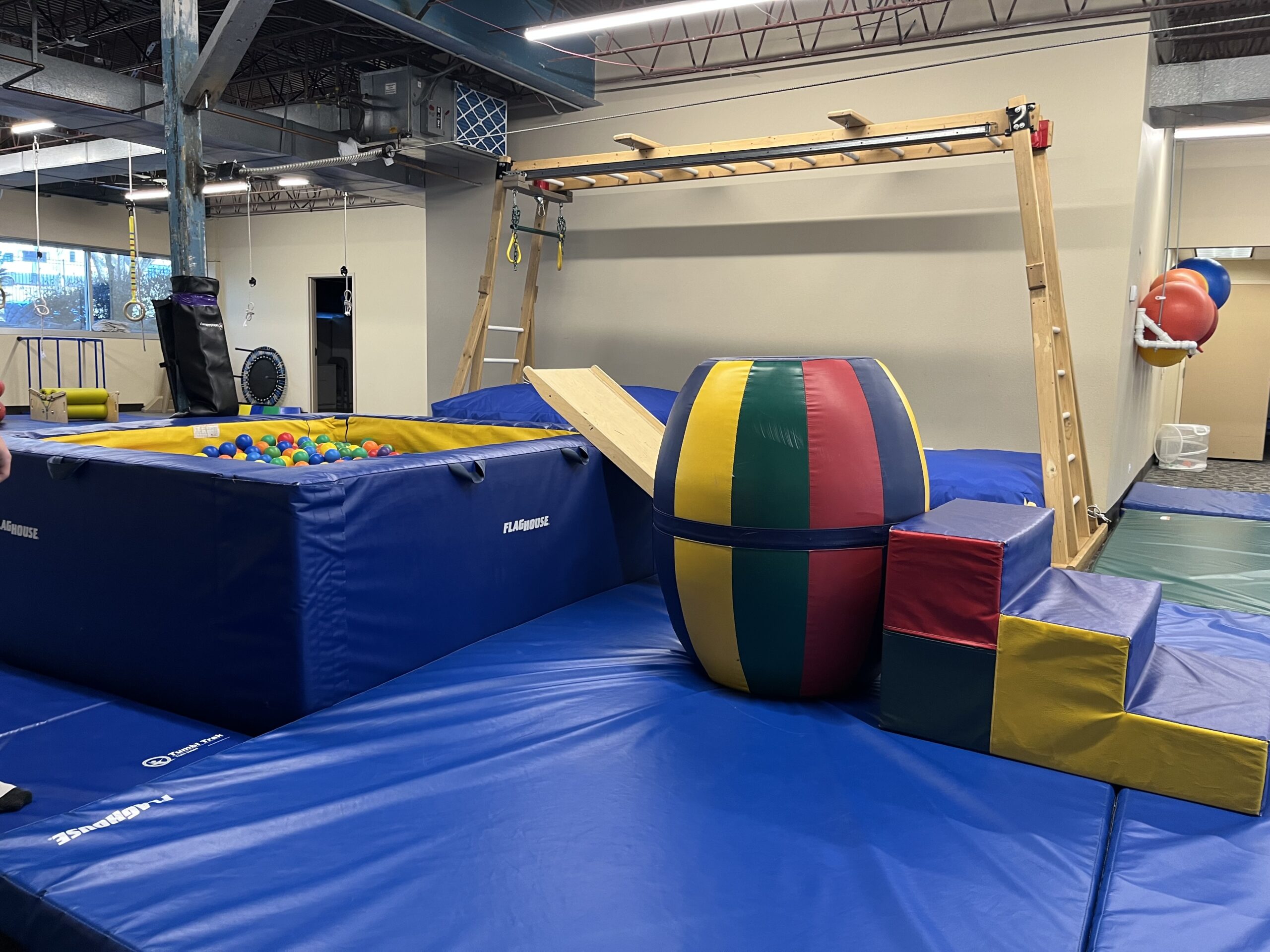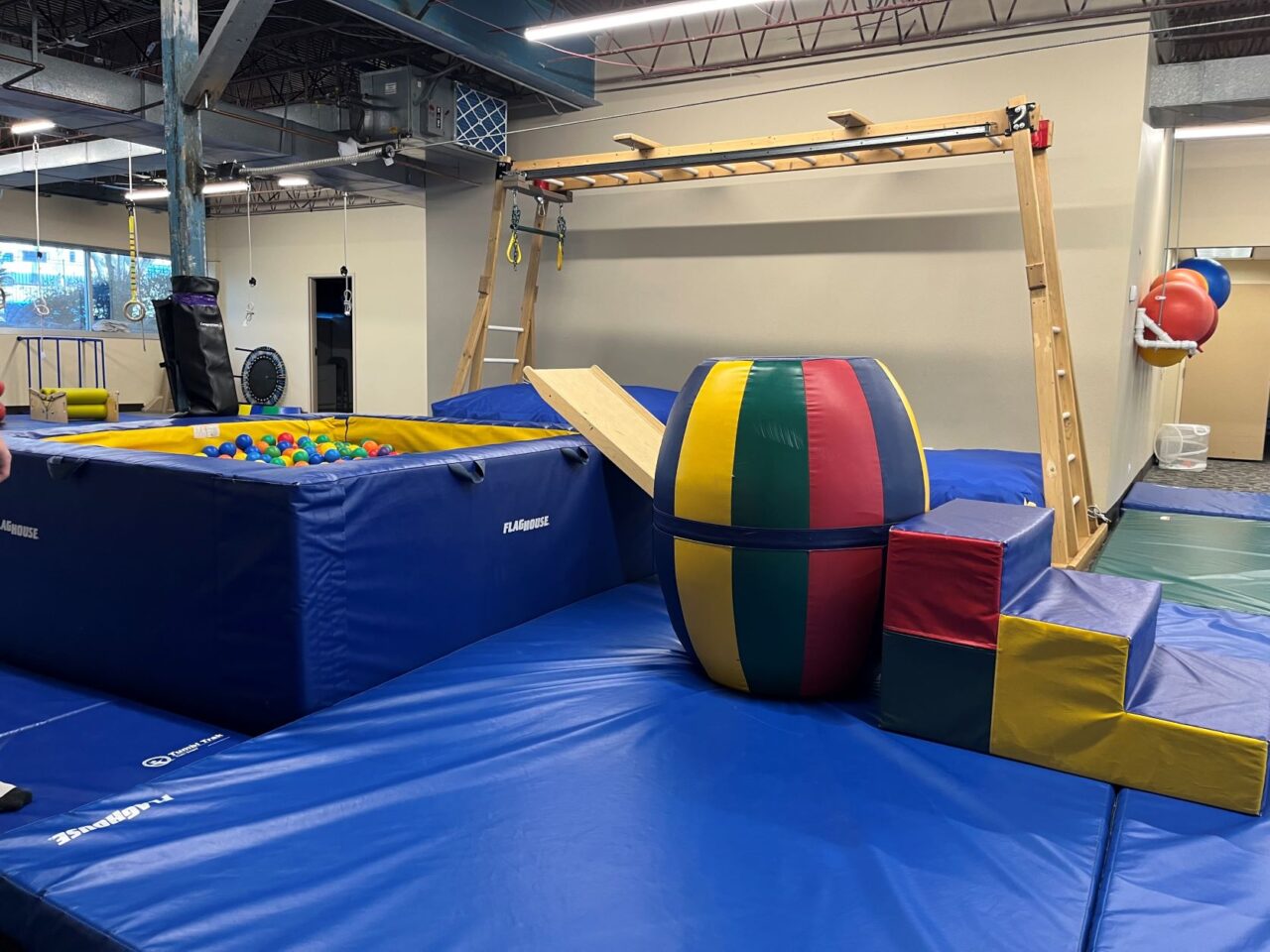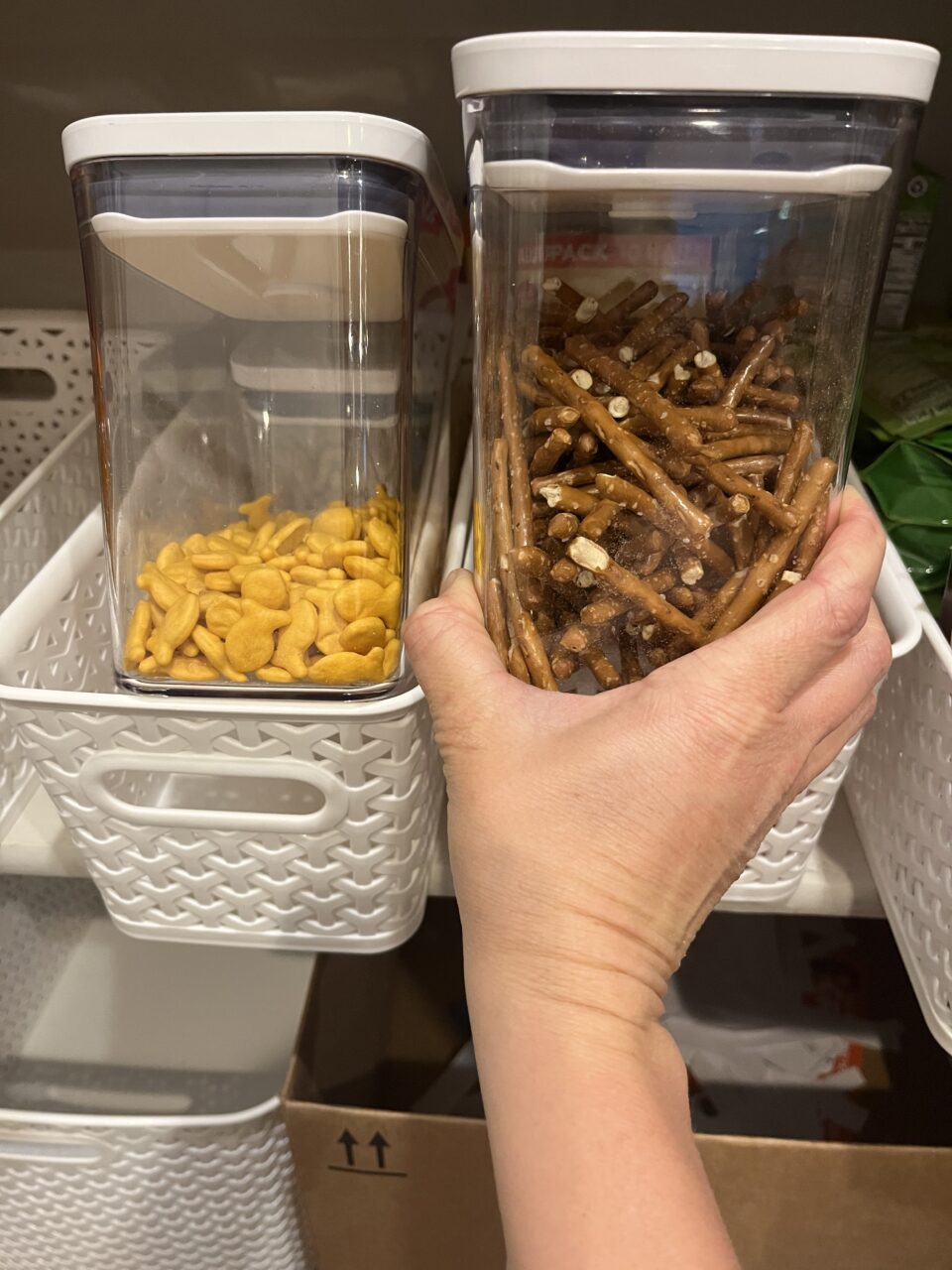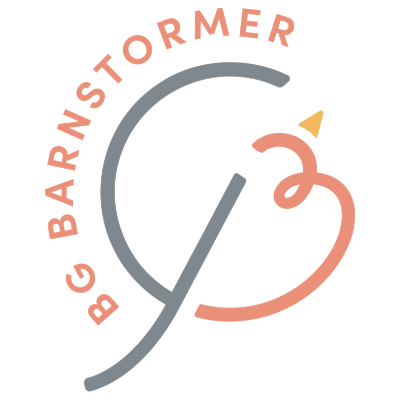Your cart is currently empty!

MeMo: Occupational Therapy and SPD
SPD: Understanding and Breaking Down the Process of How to Stretch One’s Capacity
We have been in occupational therapy now for about four weeks for Sensory Processing Disorder/Differences (SPD) to gain understanding and learning how to break down the process in order to stretch our little one’s capacity to handle the world around us better. We have a team of individuals including two Occupational Therapists (OT’s.) One OT has been working with our daughter one on one in their gym through play therapy to expand her thinking and processing skills as well as another OT who is a Feeding Specialist. As we begin to understand our daughter’s aversion to eating a variety of foods, I think back to times when she would eat nearly anything. It’s easy to think that if I had done something different, she might have less of a hard time with this. The reality is, I made all my own baby food, loved the entire process of introducing new and familiar foods to the kids.
It’s not anyone’s fault that she struggles, as much as it is just the way her body processes the information it receives. Autism is a spectrum and Sissy is classified as Sensory Processing Disorder/Differences (SPD) within that spectrum. She is receiving information with her senses and processes that information in the best way she can. Sweet Sis is doing everything to her very best capacity. And that is exactly what we are working on; stretching her capacity. This is the tricky part. We are breaking down things that most people do naturally into a variety of steps to learn where the breakdown is and what is hard for her in the process.

The more we go to the OT services, the more I realize that I had no idea there were so many multi-faceted steps that other people do naturally, without even thinking about it. Let’s take something simple like picking out your outfit. For a number of people, they might just pick out a pair of jeans and put them on, grab a shirt, socks, and shoes and be off for the day. Not Sis. Sister prefers to wear tank tops, shorts, and flip flops. We are currently living in Colorado, where that’s not an ideal wardrobe for March weather as we emerge from winter into spring. The processing begins. She wants to wear her summer clothes, but now she has to think through what pants she can wear on top of those clothes so she can still wear her preferred clothes. She has her favorite outfits that go together and, in her fashion preferences, not all shorts and tank tops go together. She has her “space” outfit with bike shorts of blue, yellow, green, and purple splotches that look like a paint-spattered design that go with her favorite tank top, a magenta-purple-and-white-patterned shirt similar to the dotted design of her shorts. She says it’s like a galaxy. I see the logic. If she HAS to wear pants on top, she wants her black sparkly pants to go with her space-themed outfit. What if those pants are dirty? Well, now the wheels in her mind are spinning. The overwhelm sets in, and she is on her floor, curled up in a ball, crying and trying to process what to do. Sweet, sweet Sis, you are working SO hard trying to make a decision that is simple for other people. But for her, she gets stuck like a scratched record or CD, skipping a part of the music that is being played. She just can’t move on right now on her own. How are the OT’s working with this? Let’s unravel what the OT’s are doing to assist Sissy.
As we began our sessions, we had three to four days of evaluations and feedback to understand what was going on. The evaluations involved physical activities like catching a ball, checking coordination and more, as well as audiology testing, and observations with food. To be honest, the whole process was even overwhelming for ME as I tried to make sense of what they were working on and how they were going to figure out where to start with our sweet girl. Our greatest concern was the decrease of the number of foods Sister was eating. They evaluated different aspects of her sensory processing system to figure out where she is at and what can be strengthened to decrease her overall overwhelm, which was not only impacting her food intake, but also learning and schoolwork.
When we began OT, the therapist explained to us that in order to become more regulated, Sissy was seeking out big physical interactions like tight hugs, snuggles, and hard physical play to become regulated and less overwhelmed. I recalled that Sissy does love roller coasters, as well as many other very physically-intense things like zip lines. They explained to us that in order to help her self-regulate more, we needed to strengthen her other systems so that she would not be so overwhelmed throughout the day. They observed she seemed to also crave activities like swinging to feel physically calm and regulated. (That one I knew she enjoyed!) Once they were able to get her doing an activity like this, they would add in a thinking activity or similar to stretch Sissy’s skills and processing of information.
Just this past week, we were swinging on a chair-device and the OT suddenly had an idea to make it an animal rescue game. Playing along, I said, “Oh, wow! We are in a helicopter and we must rescue all the animals from the ocean!” Sissy loved it! She thought, reached, balanced, and redirected our swing’s motion in order to save all the stuffed animals. Success! So simple, yet so complex.
The fun child-led play activity helped Sis process information while she is regulated to allow expansion of that skillset.
Understanding what they are working on in therapy, I would call this multi-tasking. She is learning how to think (process information) while in a regulatory calm state and then physically do something at the same time. Before OT, she would be going through tasks in her mind and if they did not go as planned, she would have to recalculate. Like the old GPS would say in their flat, female voice, “RE-CALCULATING!” Our sweet girl spends a good majority of her brain space recalculating. No wonder Sissy is so overwhelmed!
I remember when she was little (maybe 3 years old), I would ask her to help unload the dishwasher liker her older brother, Bubba, would do. I recall that she had such a hard time with this. It wasn’t that she couldn’t do it, it was more that she had a hard time knowing where to start. If I gave her the direction to get the plates stacked first, then she would happily do it. Even looking at clean dishes and discriminating where to start, this was overwhelming for her. This is exactly what I noticed in our OT sessions when discriminating working with an obstacle course.

The first week, the OT started with building the course. She had a dry erase board, they methodically built the course and put the pieces in place, but it was obvious this was a hard task for Sister. (Which honestly, this blows my mind because she is so creative in many aspects of life with no issues of trying to work out a problem to get to a solution. But, this obstacle course was a different type of activity. It was interesting to see how she worked through the process.)
As the phrase goes, “If I knew then what I know now,” maybe I would have been clued into this sooner, but there is no time like the present to take what we are given and work with it.
The “not knowing where to start,” like with emptying the dishwasher, is definitely something that I have seen her work through in her OT sessions as well. The OT explained to my hubby and I that Sissy went from having to make the obstacle course to having it pre-set so the OT could ask Sis thought provoking questions like, “I wonder where we should start the course?” Sis would look around the room, processing through all the steps of the course and trying to figure out where to start. She still had a hard time but did eventually make a decision with assistance. Part of this, the OT explained, is that Sis is processing all the information and trying to go through it in her mind, which is a skill they are working on. The OT talked with my husband and I about this scenario and what she was noticing to help Sis stretch her skills.

This is not the only place we have noticed her inability to make a decision. On a daily basis, when it’s snack time, we usually have the kids go grab a snack from the pantry to enjoy. Often times, she will open the pantry door, look at the snack bins and have a hard time deciding what to eat. Usually, the stocked snacks are goldfish, pretzels, and granola bars. I could never quite pinpoint what the deal was with picking out a snack. The options were usually the same and she liked them all. What I have discovered is that in this process, she often wanted something crunchy, which seems regulating for her, as well as less talking in the process of decision making has helped regulate Sissy better. Instead of saying something like, “What would you like for a snack?” we were encouraged to take two options and say nothing while she looked at the options, processed, and could think silently in her brain which she might like better. For Sissy, taking the auditory component out seemed to help her process the information better, decreasing the overwhelm she felt. Never, in my dozen years of parenting had I ever noticed this.
I had no clue the auditory component was such a big issue for Sis when processing information.
It’s interesting how sounds play a part in this for Sister. Sissy’s audiology testing brought some light to this. She did phenomenal with certain aspects of memory work like listening to a story and repeating back the answer for a question in the audio test, while other areas she struggled with like when one earphone had noise, then the other, it was confusing and frustrating for her. Trying to understand how the noise effects Sis is definitely a piece of the puzzle I never considered previously. As we work with the OT on this, I noticed they all whisper to her. Not understanding why initially, we began to more and more with each session. All the pieces of her sensory system go together, so figuring out what areas were most stressful, then building up the “muscle” to strengthen them will make all of it less overwhelming to her, allowing her growth in many areas.
One night Sis was helping me sauté some chicken pieces for dinner. I had some oil on the hot pan and placing the chicken in the pan, there was an instant “STTTTT!” The sizzle of the chicken cut through the silent kitchen. Sis immediately threw her little hands over her sweet ears and an uncomfortable impression flooded across her face. “Oh,” I thought, “the sizzle was a loud noise and was shocking to her auditory system.” As the sizzling went on, Sis became accustomed to it and she was able to help me cook the chicken for dinner. This is exactly what we are working on in therapy. Helping Sis become acclimated to sounds and other sensory-related things so that the world is less overwhelming for her.
The way Sissy processes information and operates in a chaotic-to-her-world is unique. Sure, it can be frustrating sometimes. I have always raised my kids like I teach my flight students. I notice something that needs to be worked on, we adjust, strengthen the area of weakness, and make progress. Eventually, my students grow from no flying experience to a full-fledged certified pilot. The growth is a feeling of accomplishment which helps me thrive. I love watching my students learn and succeed. This is why I love homeschooling. This is why I love momming. I love cultivating and mentoring individuals to blossom into their greatest potential. Even though every day has its challenges, I accept the challenges and take one day at a time.
Signing off,
Auntie Birdie
PS: If this post has been helpful to you, please consider sharing this post with others and subscribing to my blog at the bottom of this page. Thank you.
